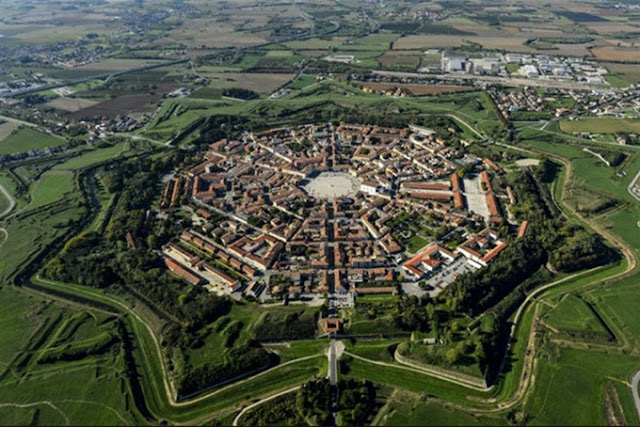 The patron of the hotel collects miniature bottles.
The patron of the hotel collects miniature bottles.He displays them all around the hotel.

He says he has 12,000 of them.

I haven't counted them.

I decided to just believe him.
It was too hot to haggle.
 The patron of the hotel collects miniature bottles.
The patron of the hotel collects miniature bottles.


 |
| Rocroi, fortified village in northern France. |
 |
| Church of St Nicolas, Rocroi. |
 |
| Main entrance of the Hopital Riche. |
 |
| The Dispensary at the Hopital Riche, Jeumont. |


 |
| Broome Park |

 |
| Entrance Hall, Broome Park. |
 |
| Johnson's Corner, Romney Marsh, Kent. |
 |
| Monument to Lt Johnson of the USAF. |